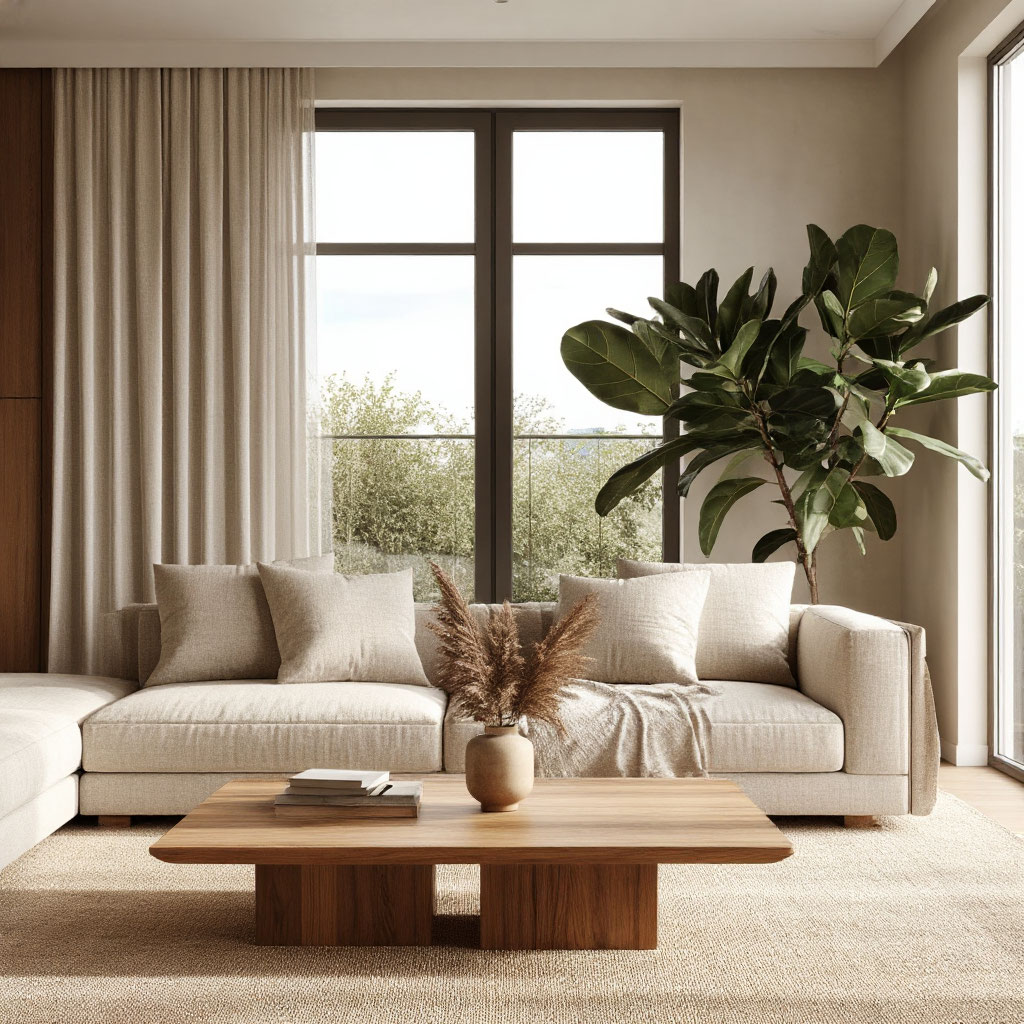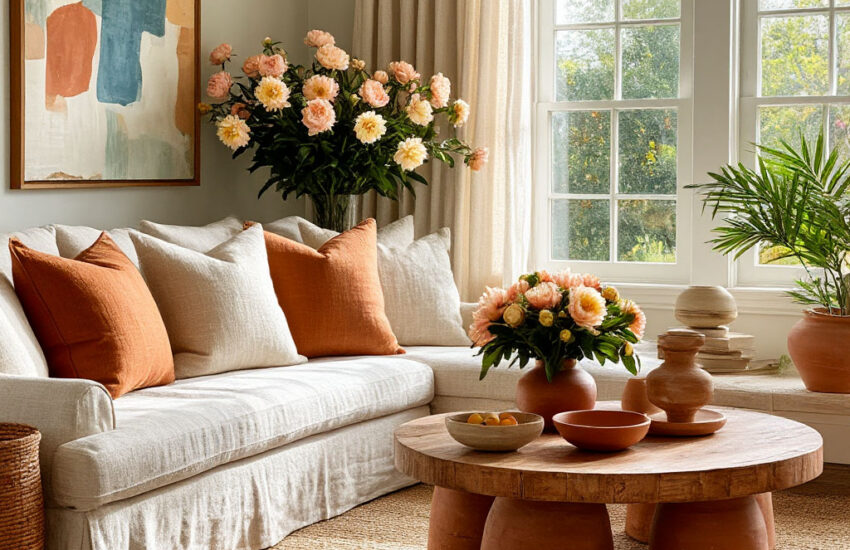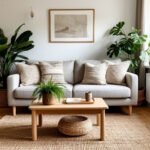Minimalist Decor with a Touch of Personality
Contents
- 1 What defines American minimalism in 2025?
- 2 How to Keep It Clean Without Losing Warmth
- 2.1 Materials That Do the Heavy Work
- 2.2 Lighting that feels like a hug
- 2.3 Furniture with personality (but not too much)
- 2.4 Hidden storage that actually works
- 2.5 Negative space as a design tool
- 2.6 Layer with neutrals (without going flat)
- 2.7 Plants as living decor
- 2.8 The Power of a Few Well-Chosen Accents
- 3 Embracing Personality Through Textiles
- 3.1 The Magic of Tactile Contrast
- 3.2 Playing with Patterns for the Discreet
- 3.3 Layer Textiles Like a Pro
- 3.4 Curtains as quiet statement pieces
- 3.5 Rugs That Ground (Literally and Figuratively)
- 3.6 The Power of a Well-Placed Throw
- 3.7 Table Linens as Mini Canvases
- 3.8 Bedding That Feels Like a Getaway
- 3.9 When to Break Your Own Rules
- 4 Color, Texture, and Layers for Minimalists
Minimalist decor isn’t about living in a sterile white box, it’s about creating a space that feels open, intentional, and unique to you. The minimalist home in the US is all about balance: clean lines meet personal touches of decor that make the room feel lived in without clutter.
Consider how to maintain cleanliness while weaving in warmth through texture, subtle colors, and thoughtful details. Think of it as a soft minimalist style—where less doesn’t mean cold, just thoughtfully curated. Whether it’s layering neutrals or adding a few meaningful accents, your goal is to create a space that breathes but tells your story. So how do you achieve this perfect combination? At the end of this article, you’ll find a downloadable checklist — a simple way to keep the main points at hand.
What defines American minimalism in 2025?
Gone are the days when minimalist decor meant bare walls and furniture that looked like it belonged in a showroom. Today’s minimalist home in the U.S. is all about balance: clean lines, yes, but also warmth, texture, and enough personal touches to make the space feel lived in. The approach in 2025? A soft, minimalist style that lets rooms breathe without feeling sterile. Think uncluttered, not unloved.
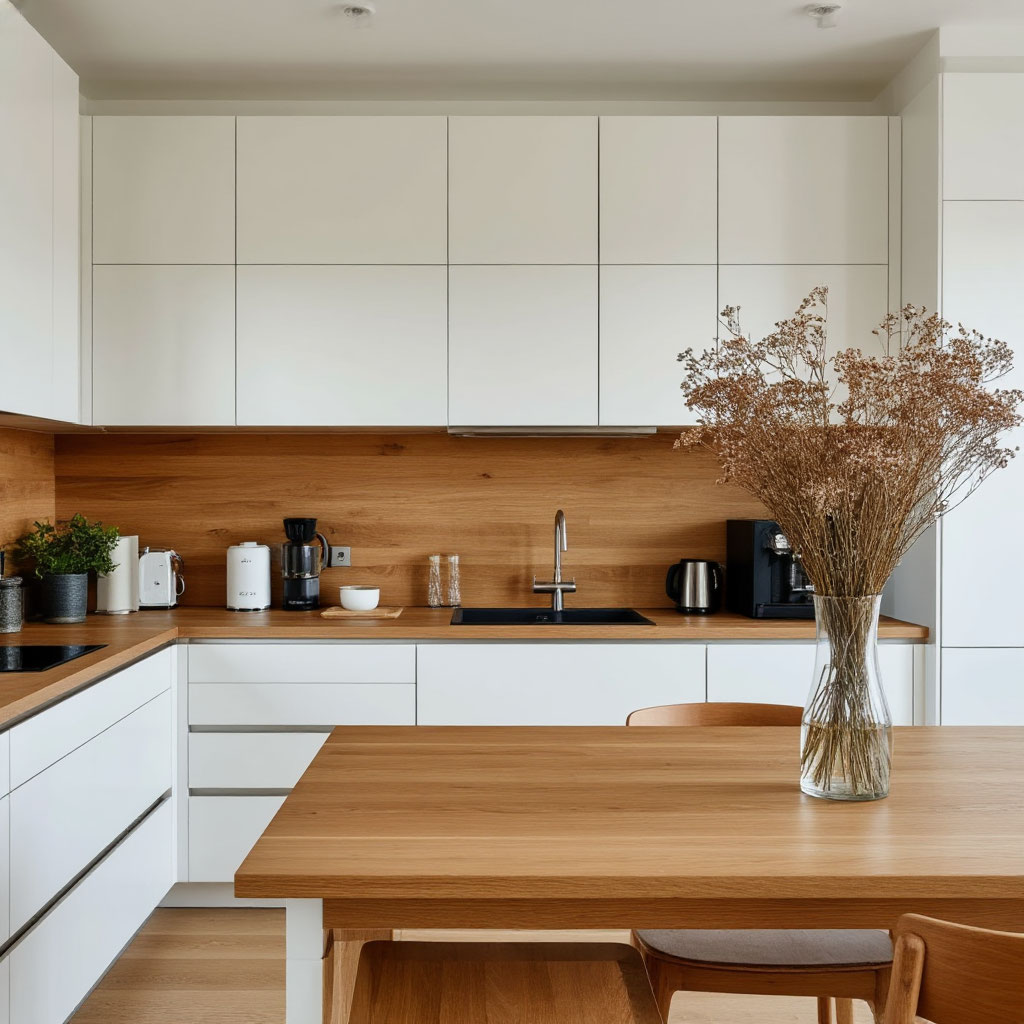
Function first, but make it stylish.
American minimalism has always leaned toward practicality, but now it’s getting a design update. Storage solutions are sleeker (goodbye, bulky cabinets), furniture pulls double duty, and every piece has a purpose. How to keep it clean? Edit ruthlessly. If something doesn’t serve a function or spark joy, it doesn’t deserve a place. But that doesn’t mean sacrificing personality — just smarter selection.
Neutrals with a twist
White walls and beige sofas aren’t going anywhere, but they’re no longer the only players. Layering neutrals means mixing warm taupes, soft grays, and earth tones to add depth without chaos. A minimalist decor palette for 2025 might include a creamy linen sofa paired with a muted olive throw or charcoal rug — just enough contrast to feel dynamic but still cohesive.
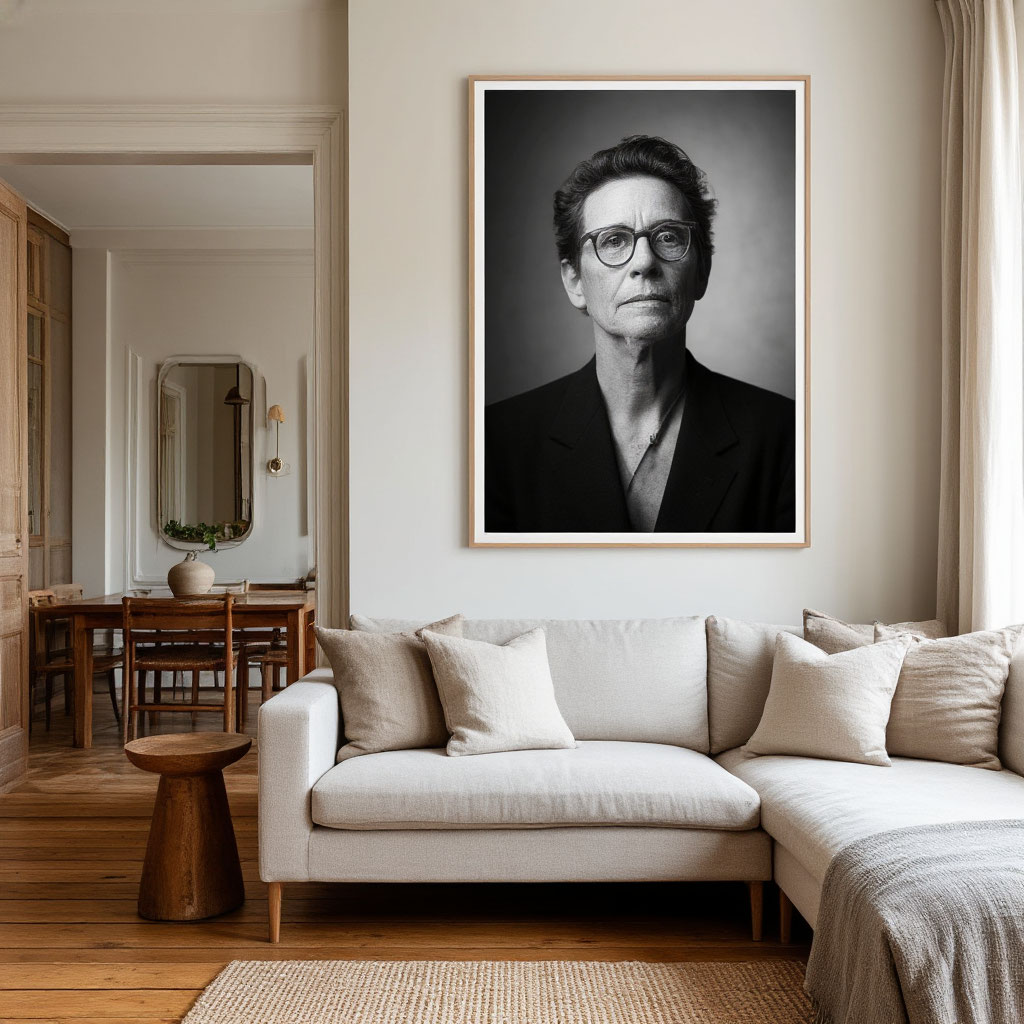
Sustainability as a core principle
Minimalism and eco-conscious living go hand in hand. This year, it’s not about buying new, it’s about choosing quality:
- furniture that will last;
- materials that age well;
- decor with a story.
Reclaimed wood, recycled metals, and organic fabrics play a major role, proving that a minimalist approach to the home can also be responsible.
The rise of “quiet” statement pieces
Even modest spaces have room for something bold — just in smaller doses. A single sculptural lamp, large ceramic vase, or vintage framed poster can anchor a room without overwhelming it. Let one bold element shine, while keeping everything else subdued.
Tech that disappears
Smart homes are getting smarter by blending in with the world around them. Think voice-activated lighting integrated into minimalist fixtures, hidden charging stations, and TVs that double as art when not in use. Technology in a minimalist home in the US should simplify life, not clutter it.
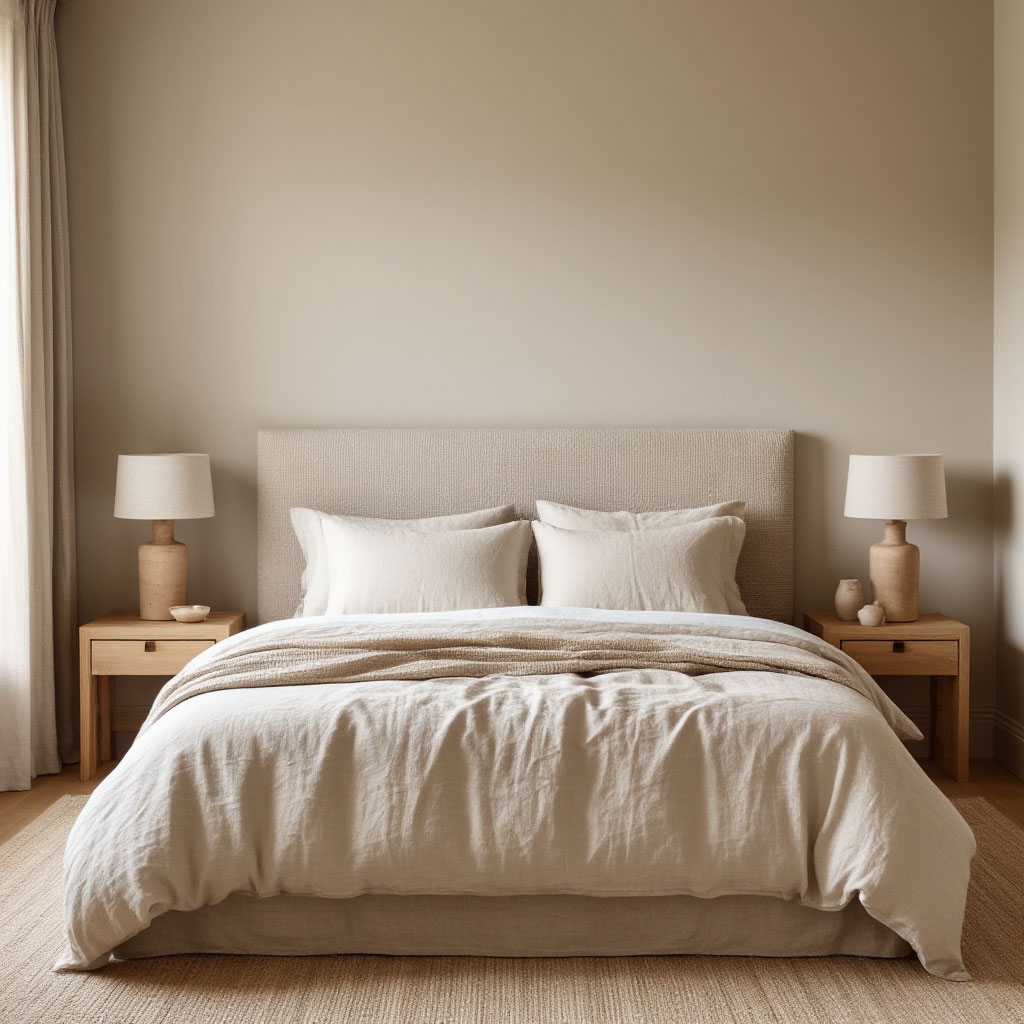
The boundaries between the inside and outside are blurring
Large windows, natural materials, and indoor plants are nothing new, but the way they are used is unique. In 2025, minimalism means embracing organic shapes and textures that mimic nature. Think:
- wood tables with raw edges;
- jute rugs;
- stone accents.
You can create a space that is unique and modern, not just glossy.
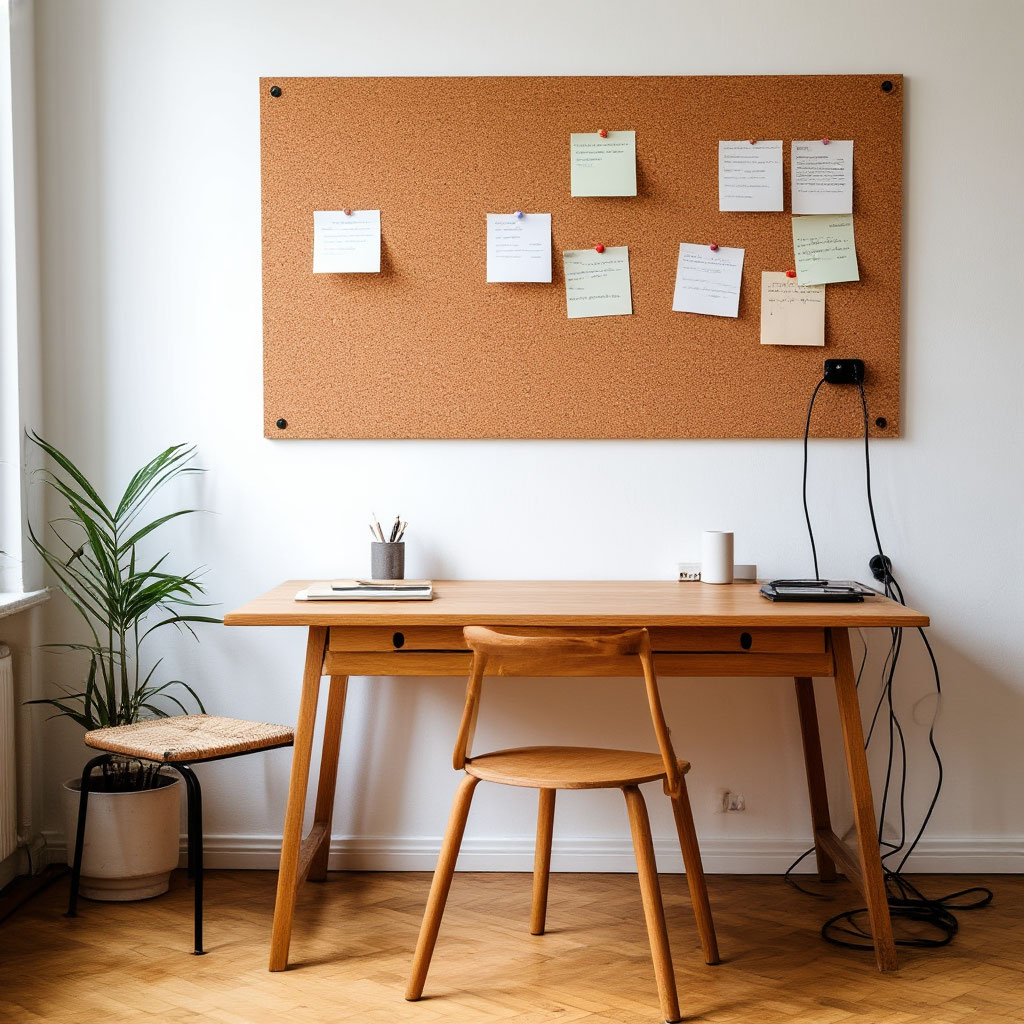
How to Keep It Clean Without Losing Warmth
A minimalist home in the US shouldn’t feel like a museum—simple but thoughtfully designed. Start by asking yourself what you really need. That stack of throw pillows? Keep two that you like. A collection of mismatched coffee tables? Pick a few that mean something. Minimalist decor thrives on empty space, but it’s the right kind of empty space. Leave room for air, movement, and the pieces that really matter.
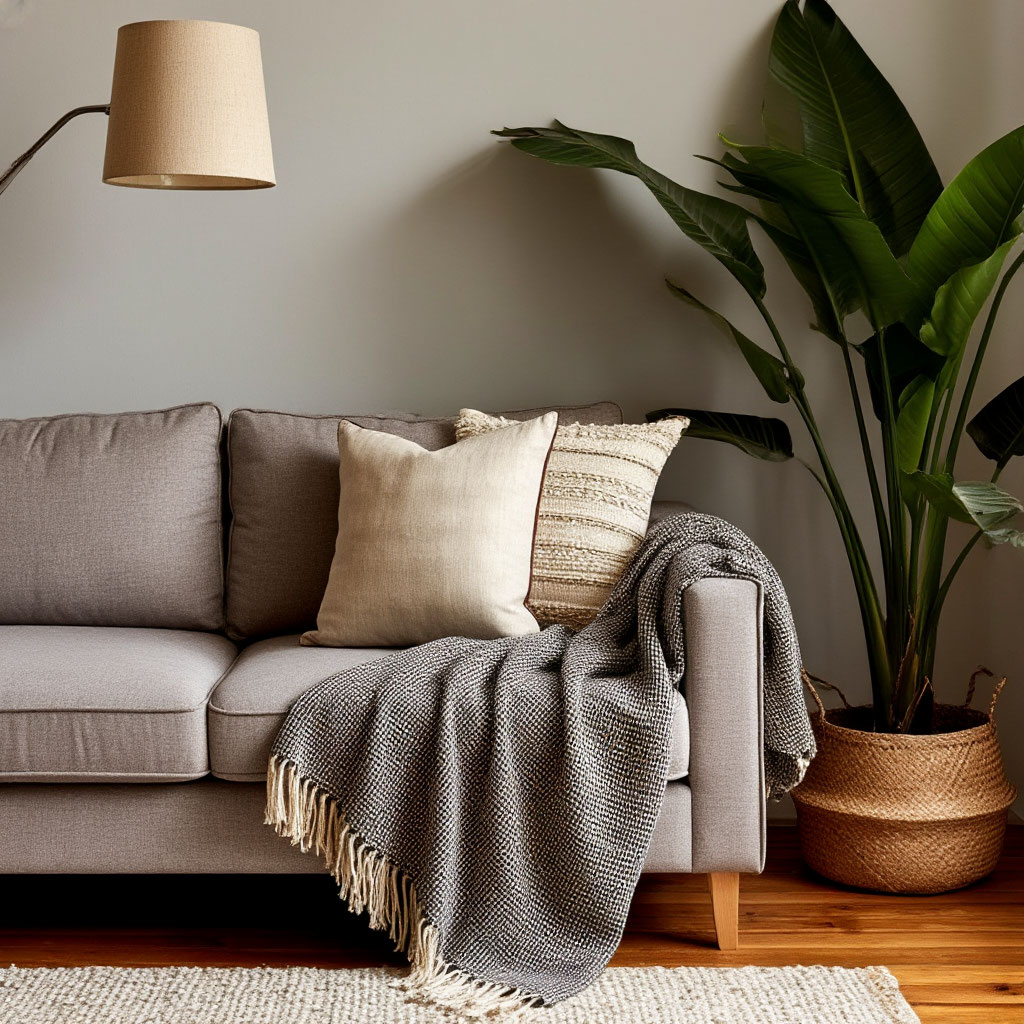
Materials That Do the Heavy Work
Warmth doesn’t come from clutter, it comes from texture. A smooth leather sofa feels inviting when paired with a thick-knit throw. Smooth concrete floors soften under a well-worn Persian rug. Not sure how to keep it clean and cozy at the same time? Pair polished surfaces with raw, organic ones. Try:
- wood with visible grain;
- linen that wrinkles beautifully;
- ceramics with hand-glazed imperfections.
Lighting that feels like a hug
Overhead fluorescents are the enemy. Instead, layer your light sources: a floor lamp with a paper shade for ambient light, a small table lamp for reading nooks, a few strategically placed candles. In a soft minimalist style, lighting should be functional but soothing—warm-toned bulbs (2700–3000K), dimmers where possible, and fixtures that feel sculptural without screaming for attention.
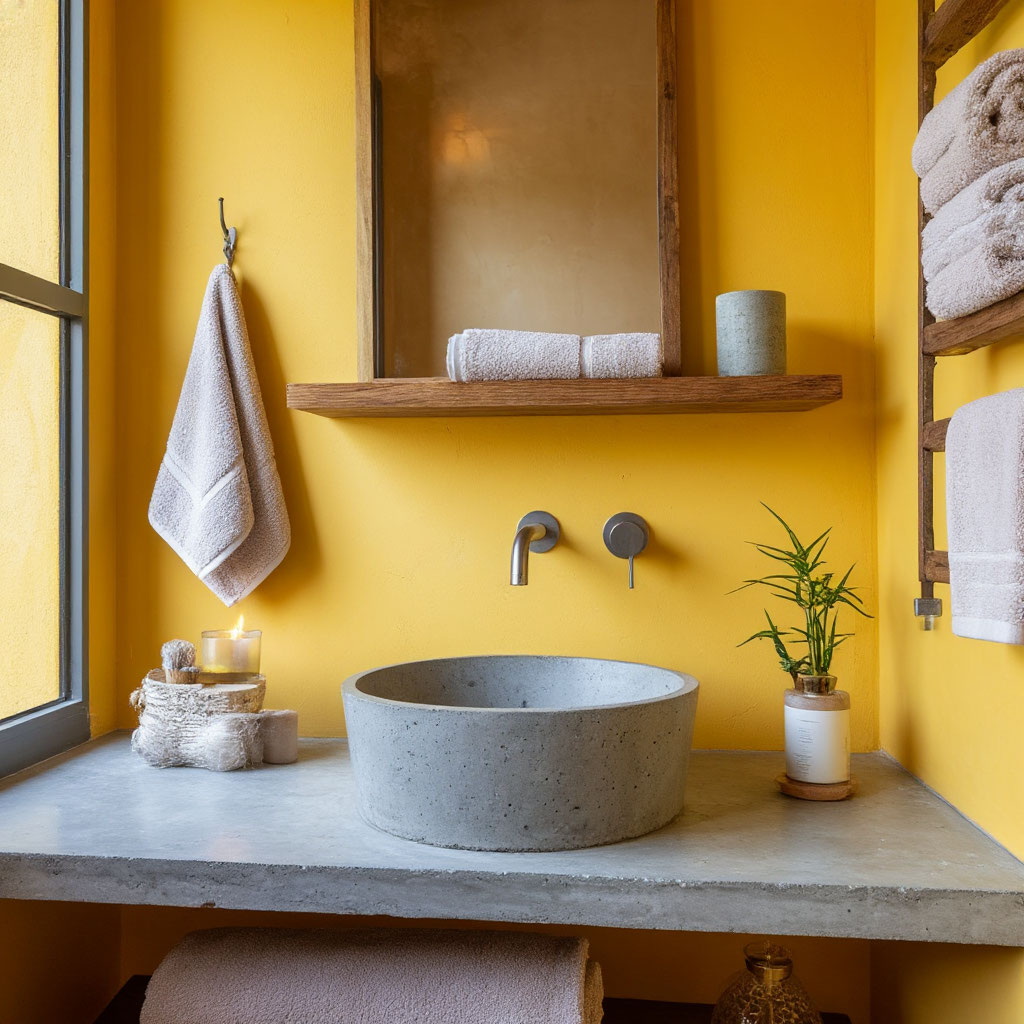
Furniture with personality (but not too much)
A room full of sterile, identical pieces feels like a waiting room. Break it up with one or two pieces with character:
- a vintage chair reupholstered in a neutral fabric;
- a mid-century sideboard with clean lines;
- a modern bench made from reclaimed wood.
These personal touches of decor add history without chaos. Just remember: if everything is special, nothing is special.
Hidden storage that actually works
Clutter kills minimalism, but life doesn’t stop there. The perfect solution is clever storage that disappears. Baskets under consoles for remotes and chargers, poufs with secret compartments, floating shelves that keep surfaces clear. In the minimalist home touches approach, every cabinet and drawer should have a specific purpose — no bins with clutter allowed.
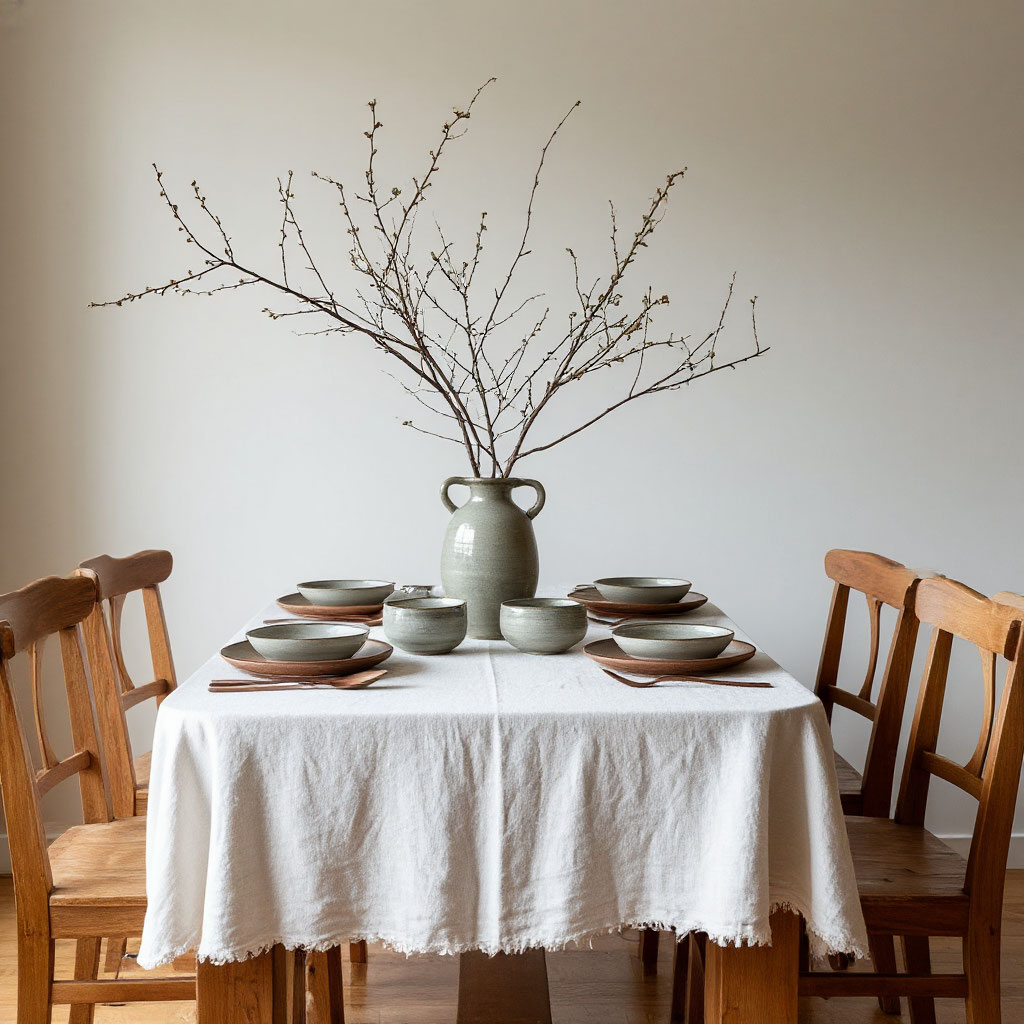
Negative space as a design tool
Blank walls and bare corners are not empty space; they are intentional pauses. Let one piece of art breathe, rather than clutter a gallery wall. Keep a side table free of knickknacks. Such restraint makes minimalist decor conscious, not empty. When you add something — a single vase, a small sculpture — it feels meaningful.
Layer with neutrals (without going flat)
Monochrome doesn’t have to mean monotony. Play with tone-on-tone textures: a cream wool rug on an oak floor, a taupe linen sofa with a darker mohair pillow. Layer with neutrals keeps things calm but dynamic. Add one subtle pattern — like a striped throw or a subtle geometric pillow — to keep the eye on it.
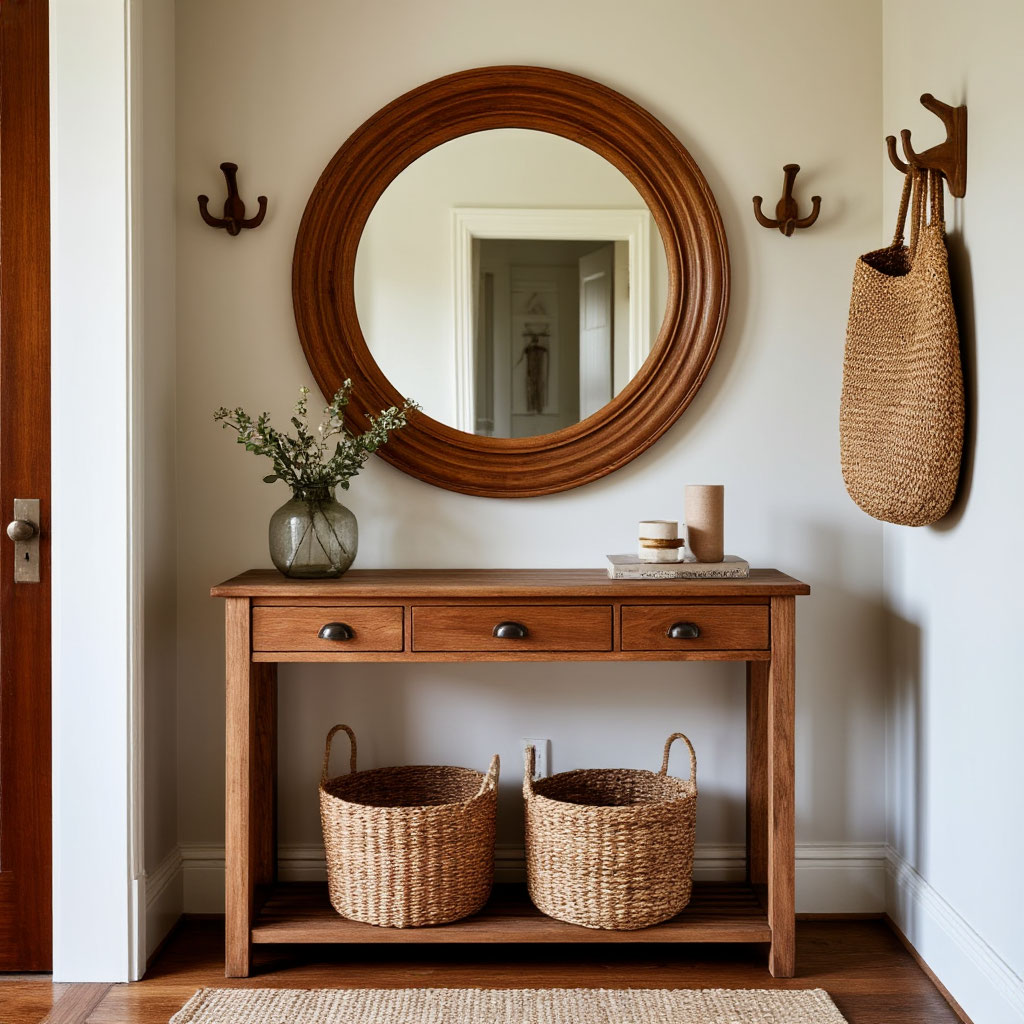
Plants as living decor
Greenery is the easiest way to soften sharp edges. A tall ficus in a simple pot, a creeping pothos on a shelf, or a cluster of succulents on a windowsill add life without fuss. These are the ultimate personal decor touches — organic, ever-changing, and impossible to replicate with decor alone.
The Power of a Few Well-Chosen Accents
You don’t need much to make a space feel like yours. A handmade ceramic mug on a shelf, a family photo in a simple frame, a wicker wall hanging with a calm texture. These little moments make a minimalist home in the US feel like a home, not just a showpiece.
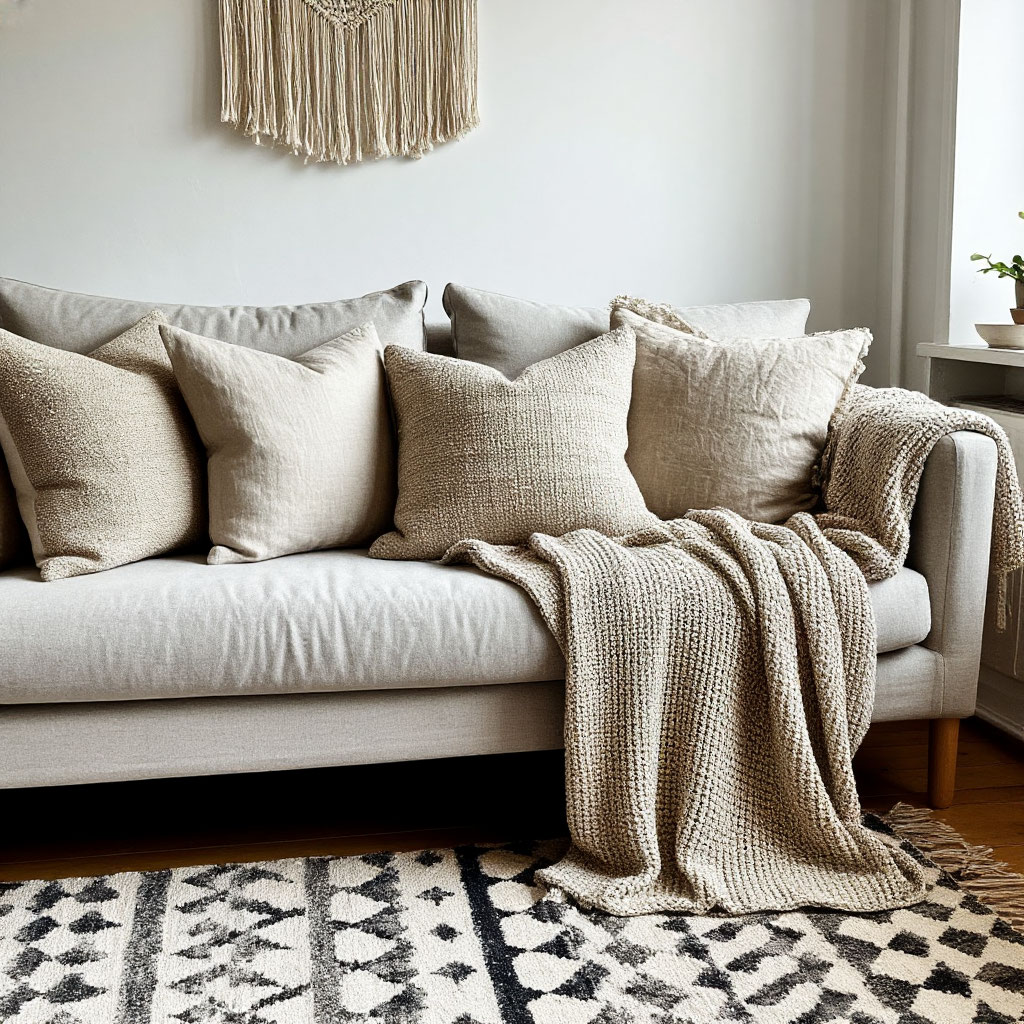
Embracing Personality Through Textiles
Textiles are the unsung heroes of minimalist decor—they add depth without bulk, warmth without weight. In a minimalist home in the U.S. where clean lines dominate, the right throw pillow or curtain can change the entire ambiance from stark to inviting. Think of them as punctuation marks for your space: subtle but important.
The Magic of Tactile Contrast
A sleek leather sofa instantly becomes cozier with a shaggy linen throw. Smooth marble countertops feel lived-in when paired with textured waffle tea towels. The style is all about juxtaposing sophisticated surfaces with fabrics that beg to be touched. Try layering matte velvet pillows on a microfiber sofa or a chunky knit blanket draped over a sleek chair.
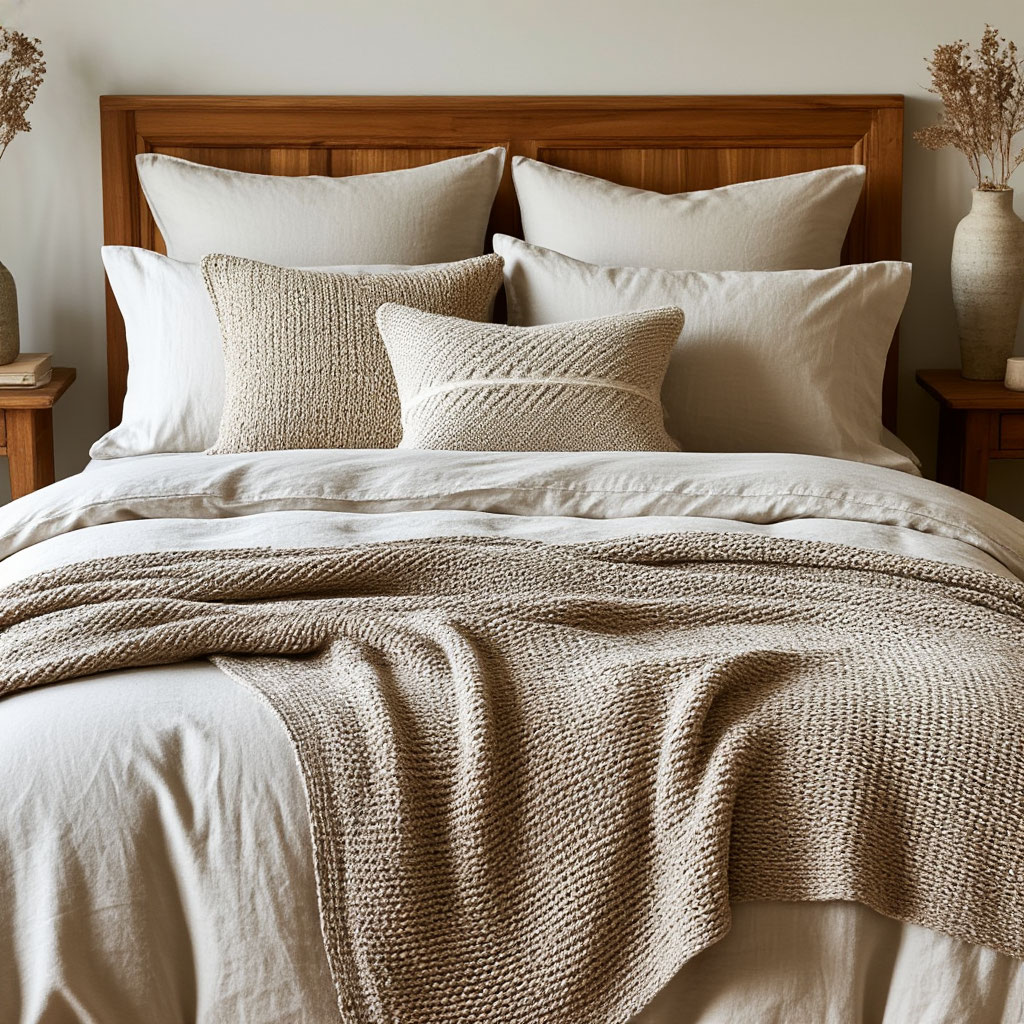
Playing with Patterns for the Discreet
Even in a neutral-heavy space, a hint of print can work wonders. The secret is to keep it minimal:
- a single striped pillow;
- a geometric rug in muted tones;
- curtains with a subtle organic motif.
These personal touches of decor add rhythm without being overwhelming. Keep it small and repeat the same pattern elsewhere (matching a throw to a lampshade, for example) to create unity.
Layer Textiles Like a Pro
Layering with neutrals isn’t just about color, it’s about mixing weight and weave. Start with a base piece (a jute rug or a linen sofa), then build up: a wool throw here, a silk pillow there. Vary the pile height—a shaggy sheepskin on a sleek wood bench, or a flat-weave cotton throw over a plush duvet. The result is a space that feels collected, not cluttered.
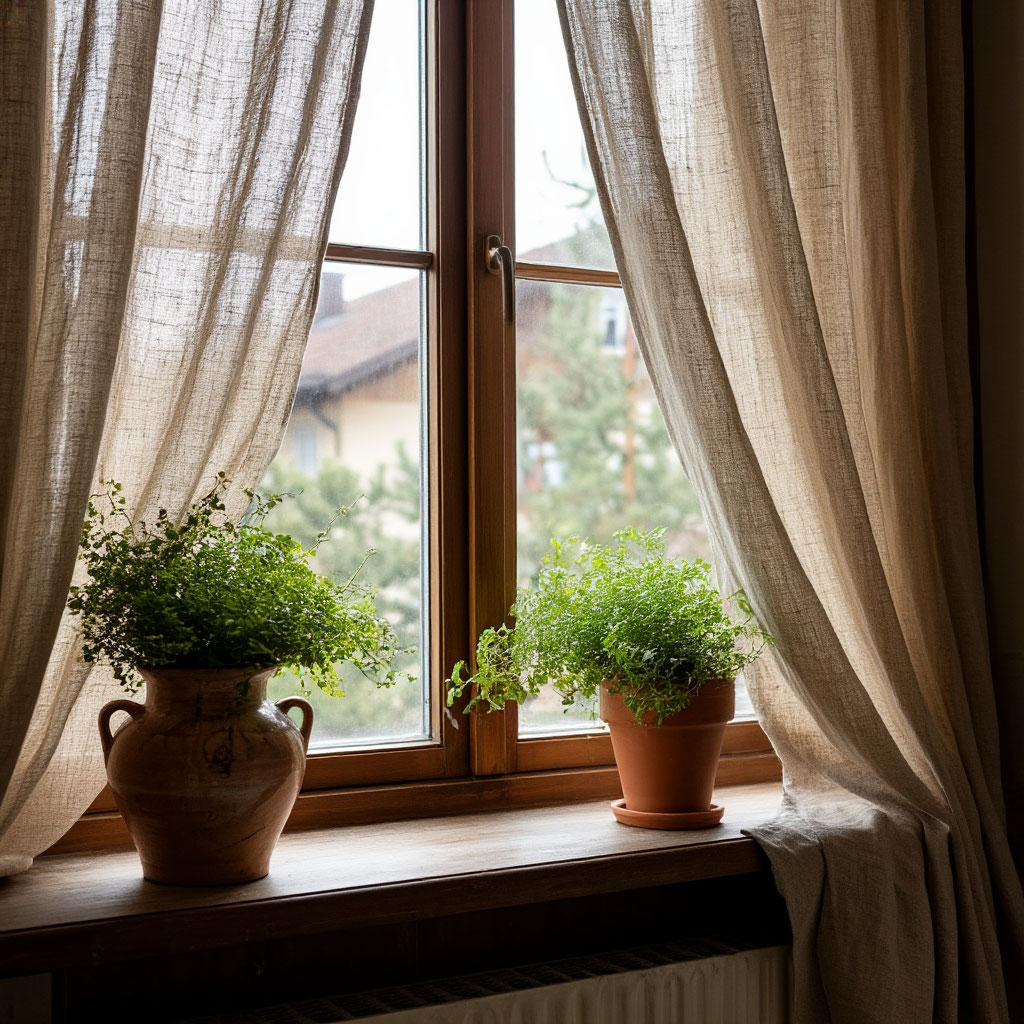
Curtains as quiet statement pieces
Window treatments often take a back seat, but in a minimalist home, they’re a discreet way to add sparkle. Flowing linen curtains soften harsh sunlight and make ceilings appear taller, while muted Roman shades keep the space slender. For a modern take, try sheer panels paired with minimalist black rods for a functional, fuss-free look.
Rugs That Ground (Literally and Figuratively)
A well-chosen rug anchors a room without shouting. In this open-concept minimalist home in the US, use a large piece of sisal or low-pile wool to define areas. For smaller spaces, a vintage Turkish kilim in a faded red or blue will add history without chaos. Just make sure it’s proportionate—too small and the room feels disjointed; too busy, and it fights simplicity.
The Power of a Well-Placed Throw
Drawn over a chair, folded at the foot of the bed, or tucked into a basket, throws are the easiest decor pieces to switch up with the seasons. Summer calls for lightweight cotton or sheer linen; winter for cashmere or faux fur. Keep the palette neutral, but play with texture—use cable knits in winter, lightweight muslin in spring.
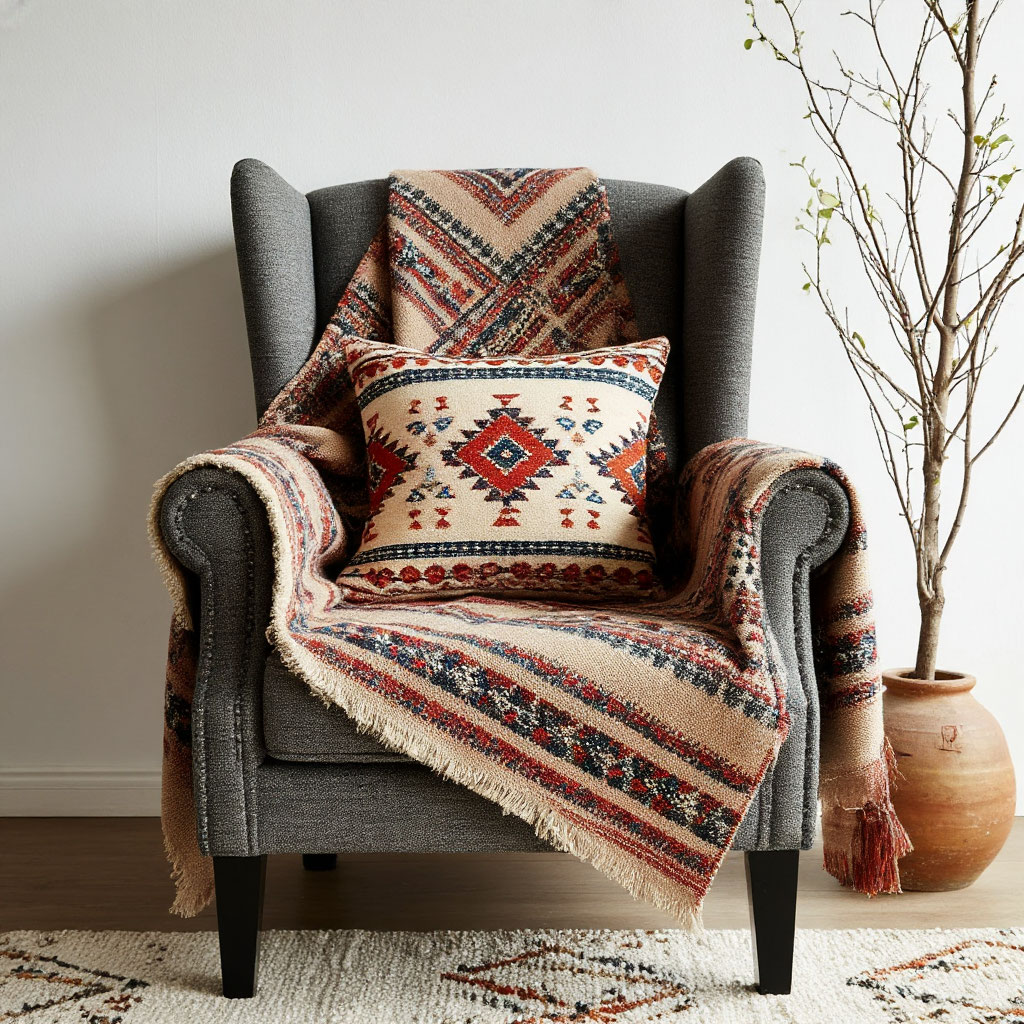
Table Linens as Mini Canvases
Even the simplest mealtimes feel special with thoughtful textiles:
- a rustic linen runner beneath ceramic dinnerware;
- tonal-print napkins;
- a vintage tea towel hung on a rack.
These minimalist home touches elevate daily rituals. Bonus: They’re easy to change for an instant update.
Bedding That Feels Like a Getaway
A soft, minimalist bedroom thrives on layers you actually want to bury yourself in. Start with crisp percale sheets, add a duvet or lightweight throw, then top with a textured blanket or knit. Keep the color scheme simple (all ivory, warm grays, or earthy taupes) and let the fabrics do the talking—no loud prints required.
When to Break Your Own Rules
Found a hand-embroidered pillow you can’t live without? A vibrant tribal rug from your travels? In a sea of neutrals, one bold textile can be the exclamation point your minimalist decor needs. Just leave the rest of the room quiet to let it shine.
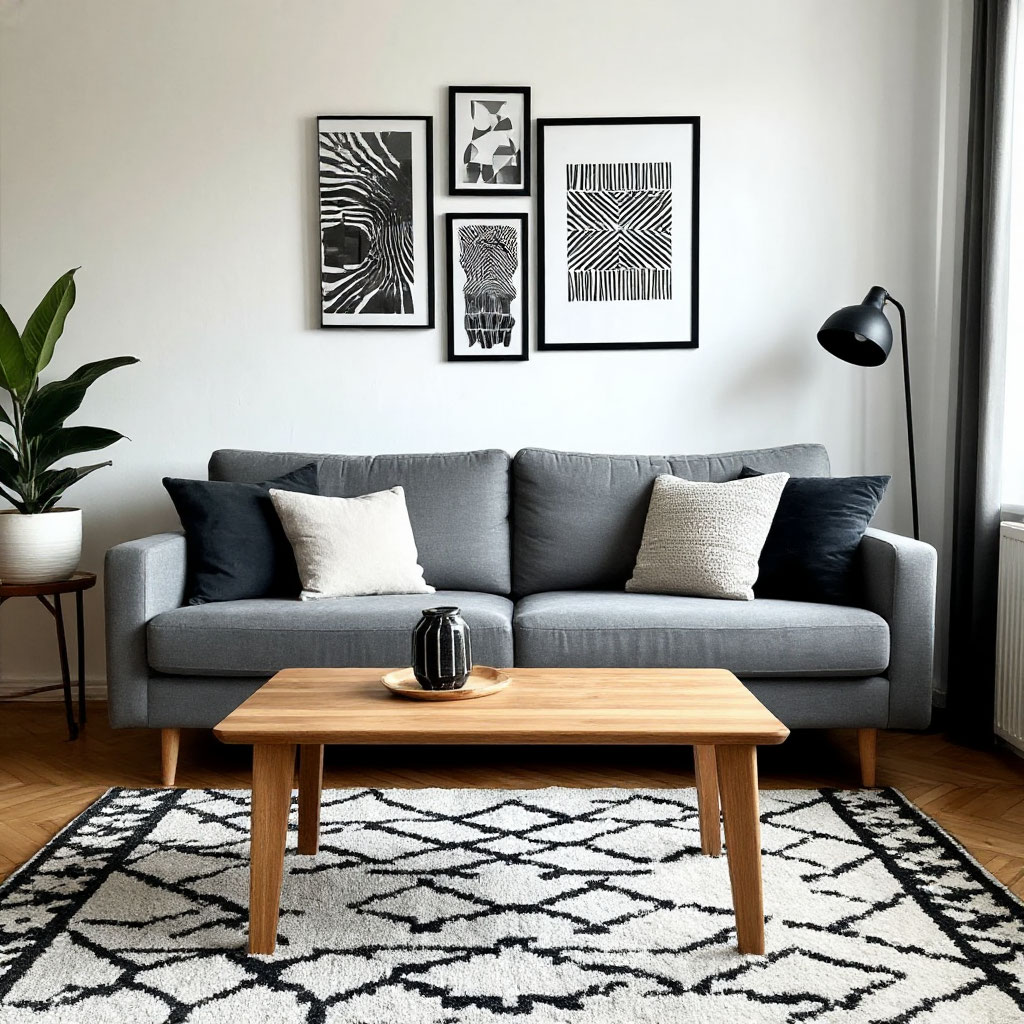
Color, Texture, and Layers for Minimalists
Forget everything you’ve heard about minimalism meaning all-white. Today’s minimalist decor embraces depth through carefully chosen color palettes. In a minimalist home in the U.S., you might see warm taupes layered over soft sage greens or pale terracotta paired with misty blues. Stick to a maximum of three main colors:
- dominant,
- secondary,
- accent.
This approach keeps the space intentional without becoming monotonous.
Texture: Your Secret Weapon
When working with a subdued color scheme, texture is your best friend. Soft minimalist style thrives on tactile contrasts — smooth marble countertops against rough linen curtains, or a sleek leather chair topped with a shaggy wool throw. These combinations create visual interest without adding clutter. The best part? Texture works overtime to make neutral spaces feel cozy instead of cold.
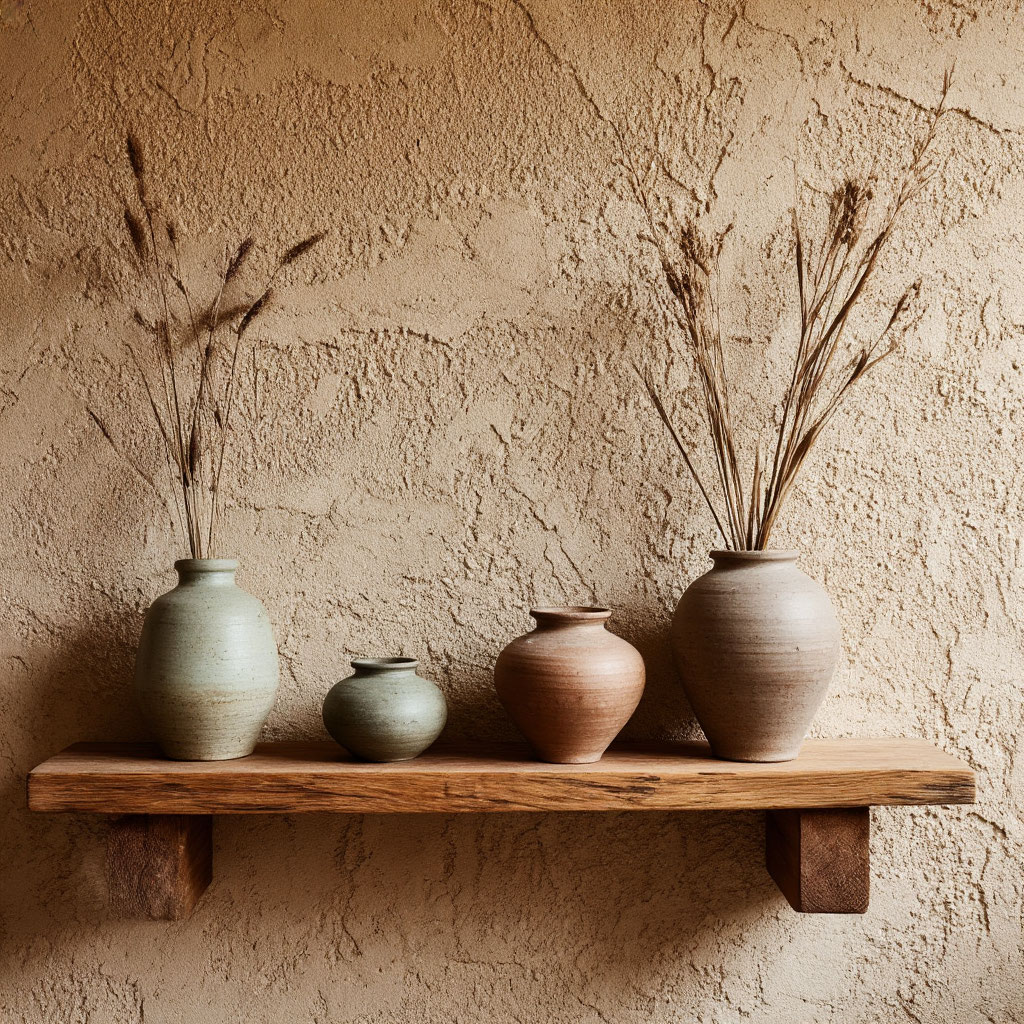
The Art of Layered Lighting
Layering neutrals goes beyond fabrics and furniture. Consider how different light sources interact throughout the day. Morning sun streaming through sheer curtains creates one mood, while evening lamplight creates another. Use dimmers and different lighting heights to create ambiance. A well-lit minimalist home creates a dynamic yet harmonious space, changing character throughout the day.
Furniture That Speaks for Itself
In minimalist spaces, every piece should carry its weight. Choose furniture with interesting silhouettes or combinations of materials—maybe a dining table with a concrete base and wood top, or a bed frame that combines metal and upholstered elements. These personal touches of decor add personality while maintaining clean lines. Remember: one bold piece per room is enough.

Subtle Impact Wall Treatments
Who says minimalism means bare walls? Consider grasscloth wallpaper in a tonal pattern or one wall painted in a muted, earthy tone. These minimalist touches to the home add dimension without being overwhelming. For renters or commitment-phobes, large-scale art or fabric hangings can achieve the same depth without constant change.
The Power of Negative Space
What you leave out matters as much as what you do include. Strategic empty areas—whether on shelves, walls, or floors—create space for carefully chosen elements. This restraint is what takes minimalist decor from sparse to thoughtfully composed. Follow the “one thing” rule—take something away before you add something new.
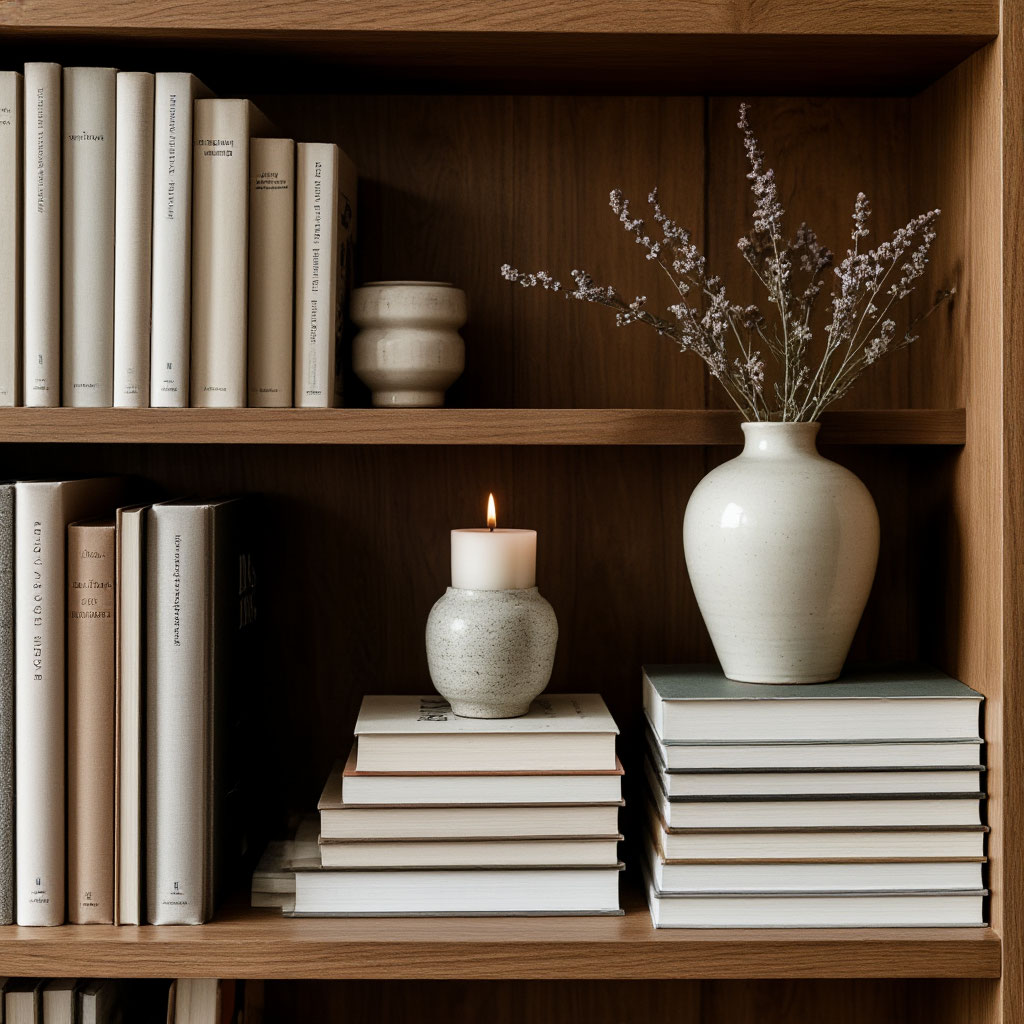
Natural Elements as Accents
Bringing in the outdoors adds organic warmth to minimalist spaces. A single striking branch in a simple vase, a set of smooth stones on a console table, or a woven sea grass basket can all serve as personal touches that connect your space to the outdoors. These elements work well when paired with modern materials like steel or glass.
Seasonal Swaps That Make Sense
You don’t have to completely redo your home every season. A few strategic changes—lighter throws in the summer, darker pillows in the winter—will keep your minimalist home in the U.S. feeling fresh. Stick to a core color palette while adjusting textures and weights. Store out-of-season textiles in clearly labeled containers to keep them neat and tidy.
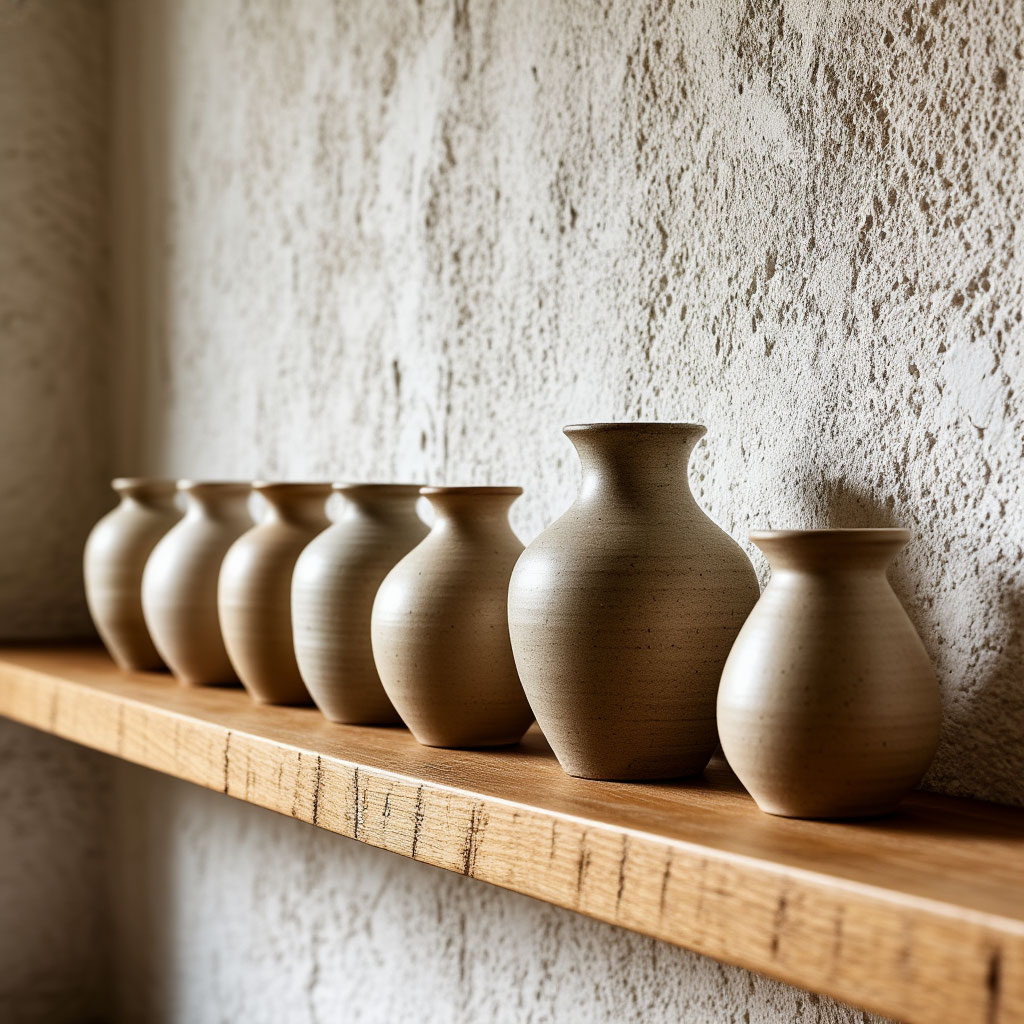
When to Break the Rules
Even minimalists need moments of whimsy. Maybe it’s one striking piece of art in a neutral room or an heirloom that “doesn’t match” but still has meaning. These controlled surprises keep the space from feeling too rigid or bland. The key is balance—let one rebellious element shine against a subdued backdrop.
Maintaining a Minimalist Mindset
The real test of minimalist decor comes in the day-to-day. Establish habits like nightly surface resets, seasonal cleansing, and a “one in, one out” policy for new purchases. When every item has a purpose and a place, tidying up becomes easier and the space remains serene. Remember: minimalism isn’t about deprivation—it’s about making room for what’s truly important.
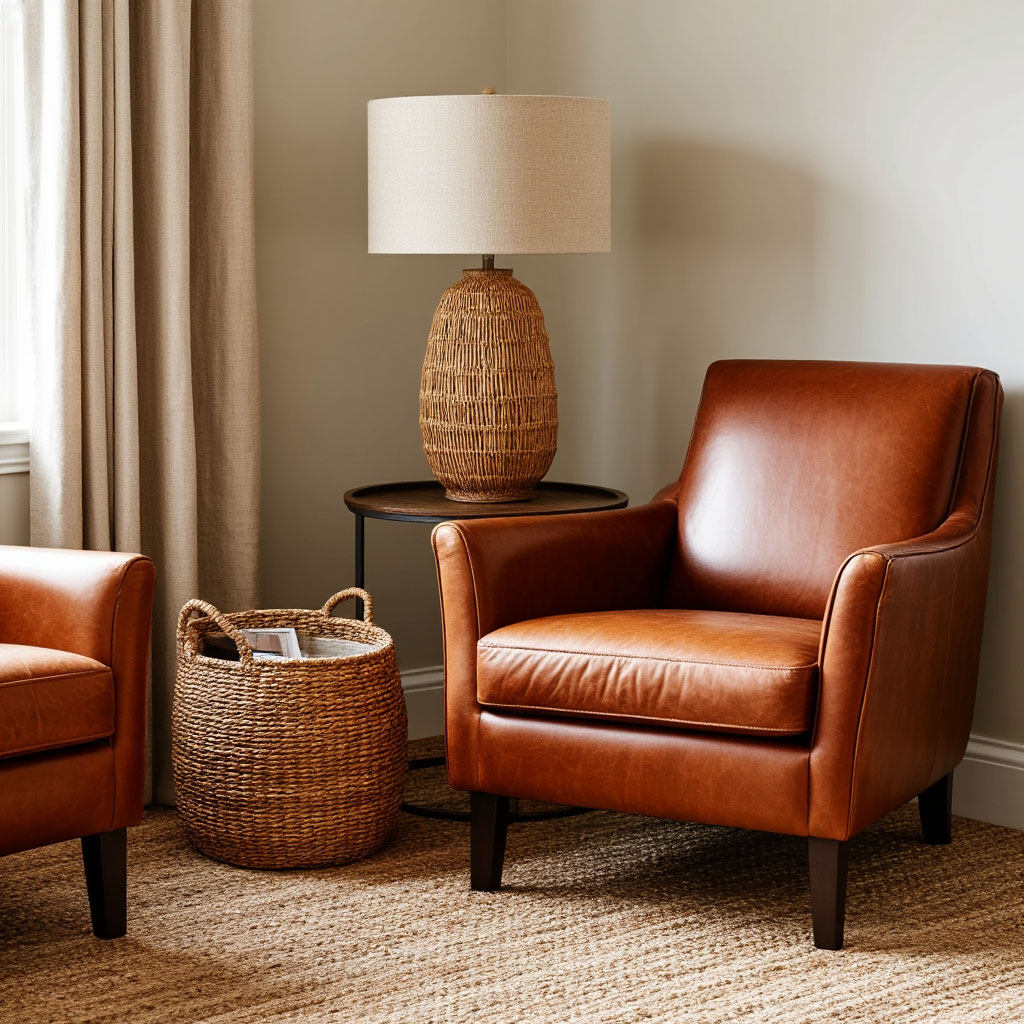
True minimalist decor isn’t about stripping away personality — it’s about creating a space that breathes but still feels deeply yours. Whether it’s layering neutrals, thoughtful personal touches of decor, or a soft, minimalist approach to style, the goal is balance.
A minimalist home in the U.S. should be functional but warm, clean but welcoming. Remember: minimalism isn’t a strict set of rules. It’s a mindset — choosing quality over quantity, intentionality over excess. Keep editing, refining, and allowing your space to evolve. When done right, less doesn’t just look better — it feels better. You can now download a checklist tailored to this topic — a practical companion to guide your next steps with clarity and ease.
